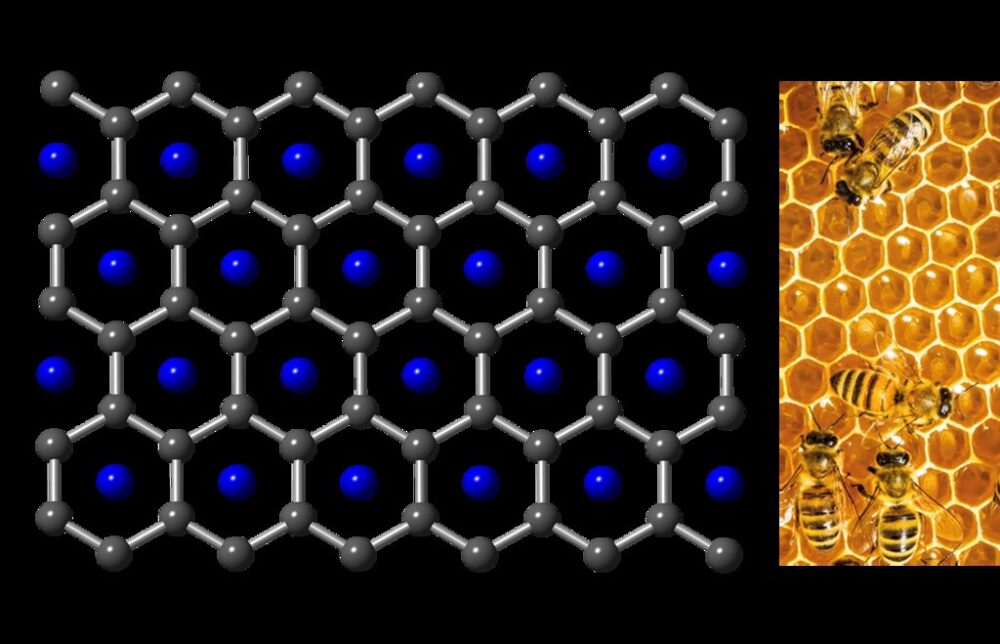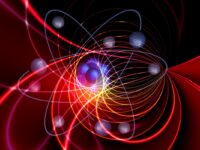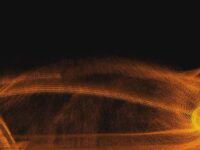The world of physics is as much dependent on rules and laws as it is on phenomena that break them. At times, the physical properties and behaviors of particles are characterized as precise and accurate; other times, they are anomalous. Even when particles behave as expected, the answer to why they behave like they do eludes even the brightest minds. The fine-structure constant, or the standard strength of electromagnetic interactions involving charged particles, has been one of those inexplicable but reliable behaviors. Enter quantum physics. In true quantum fashion, the exploration of a new state of matter, quantum spin ices, has completely thrown traditional explanations of how particles interact into unprecedented turmoil. Not only have investigations into quantum spin ices reenvisioned the fine-structure constant, thereby reenvisioning interactive forces throughout the universe, but they have hinted at a curious and unexpected ability — the ability to deliberately manipulate such particle forces.
The world of physics is as much dependent on rules and laws as it is on phenomena that break them.
Typically, the fine-structure constant is a ratio of the interaction between energetic photons and the repulsion of elementary charged particles (e.g., electrons) calculated to be approximately 1/137. This quantification of interparticle forces, a value which repeatedly and mysteriously appears in the results of mathematical calculations of particle behavior, has been thought to dictate how atoms, elements, and materials universally behave. Thus, when Physical Review Letters published the 2021 discovery that the interparticle force ratio increases to approximately 1/10 when observed in quantum spin ices, the paradigm of particle interactions and the potential makeup of the universe suddenly shifted. Quantum spin ices are part of a larger class of models and materials known as quantum spin liquids, which are mostly theoretical states of matter that have unusual particle and quasiparticle interactions based on magnetic polarization.
This quantification of interparticle forces, a value which repeatedly and mysteriously appears in the results of mathematical calculations of particle behavior, has been thought to dictate how atoms, elements, and materials universally behave.
It is crucial to note that this international collaboration of scientists derived these results from an experiment using rare-earth magnetic materials to mimic and approximate the theoretical behavior of quantum spin ices, which have yet to be truly synthesized. Before spin ices can be understood, quantum spin liquid must be discussed. In a December 2021 publication of Science, scientists detailed the first synthesis of a nearly accurate representation of quantum spin liquid, hailed as a new state of matter. Scientists excited a lattice of rubidium atoms, manipulating their motion and spin with lasers, until the atoms were entangled (inclined to affect one another) and thus displayed quantum behaviors. Spin refers to the quantum form of angular and magnetic momentum of electrons, which can spin up or down. Generally, the quantum behaviors displayed by spin liquids prevent electron spins from aligning in and maintaining usual north-south poles. Electron spins in typical magnets assume a regular pattern or order to create a stable magnetic field, but electrons in the quantum-liquid state remain disordered and energetically unequilibrated with spins constantly fluctuating up and down. This instability is caused by the presence of a third spin, which along with the repulsive nature of the electron spins, prevents a balanced distribution of spins and creates a frustrated triangular lattice structure where some spins point in different directions.
This energetic disorder generally continues in spin ices even at temperatures near absolute zero. Rare-earth metals known as pyrochlores have been used as theoretical representations of spin ices. Atoms in pyrochlores are organized into a tetrahedral lattice such that spins are located at the corners of the pyramidal formations. Initially, each pyramid of spins consists of two spins pointing inward and two pointing outward. Soon, the proximity of spins to one another — inside and between each pyramid — causes a chain reaction of repulsive instability where the entangled spins constantly flip. This frustrated behavior allows spinons (quasiparticles characterized by electrons’ spin behavior) to emerge and interact with one another and other particles (e.g., electrons, photons). In this experiment, quasiparticles are concentrated collections of behavioral phenomena that occur in spaces within the crystalline lattice. These entities are only treated as particle-like for the purposes of analysis. Quasiparticles, such as spinons, arise from the interactions between actual particles and interact with them. It is within these particles and quasiparticle interactions that scientists encountered a fine-structure constant of unprecedented strength that could be further manipulated by altering the metals’ properties.
Quasiparticles, such as spinons, arise from the interactions between actual particles and interact with them.
Not only does investigating the unusual properties of these materials advance quantum computer and superconductor development, but theorization around stronger, transformable interparticle forces inspires experts to consider a universe created from fewer or different elements. Ultimately, these experiments re-envision once-stubborn parameters for known physics and demonstrate the often surprising nature of quantum phenomena.
Physical Review Letters (2021). DOI: 10.1103/PhysRevLett.127.117205
Nature Physics (2018). DOI: 10.1038/s41567-018-0116-x
Science (2021). DOI: 10.1126/science.abi8794






